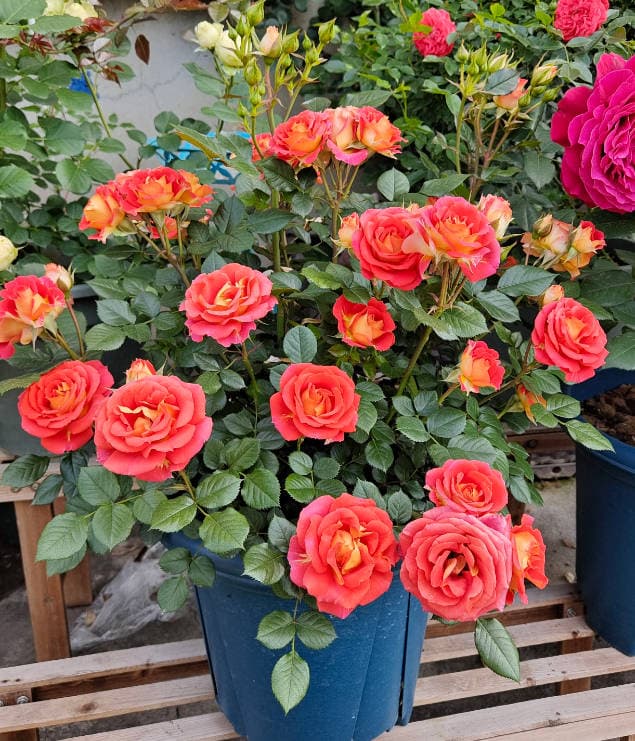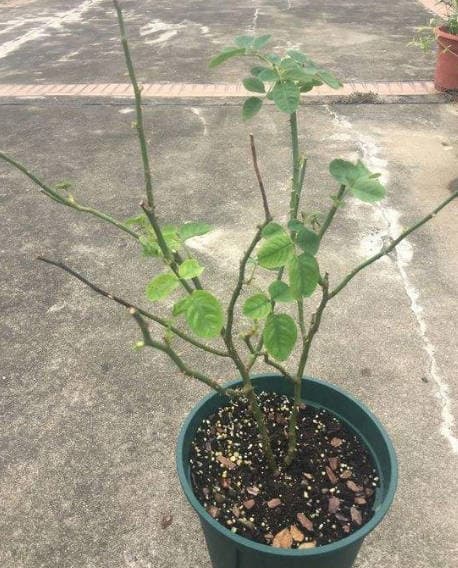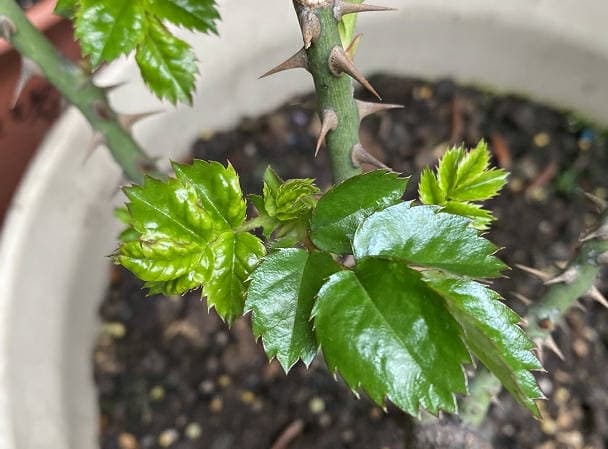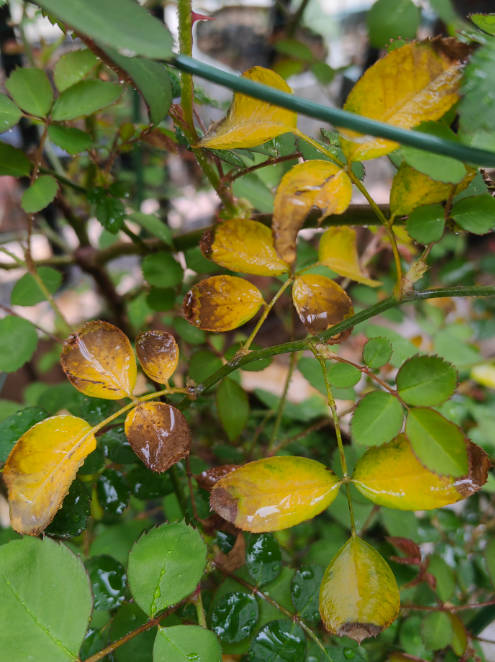Rose Stem Bending: Complete Guide for Lush Growth
Recently, many gardening enthusiasts have been asking for tips on rose crimping. Why should I press branches? Which rose seedlings are suitable for pressing? How exactly does it work? What are the precautions? Today, we will provide you with detailed answers to these questions.

Why do we need to press roses?
Plants generally have apical dominance, and roses are no exception. The main purpose of pressing is to break the apical dominance and encourage roses to grow more strong new branches (commonly known as “shoots”) from the base. Only with enough strong new branches can roses grow more vigorously, and the plant will be healthier.
Which roses are suitable for coppicing?
After we understand the principle of pruning, we can judge whether pruning is needed according to the growth condition of roses.
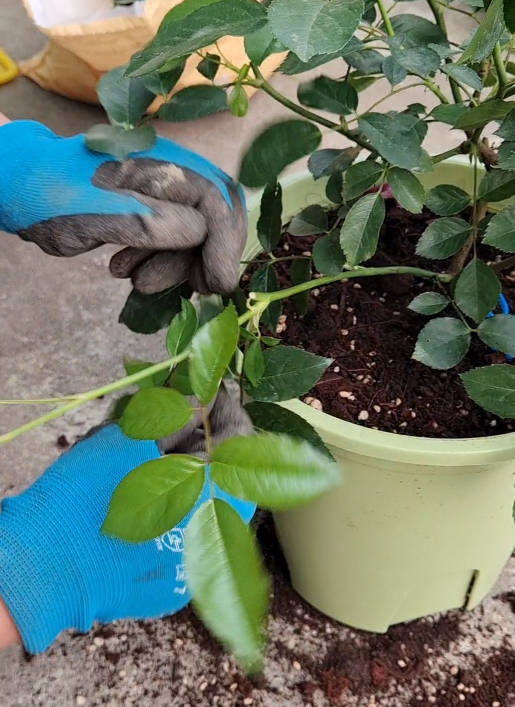
Suitable rose seedlings for pruning
- Plants with thin and soft branches that are not easy to grow shoots: Pressing can stimulate the sprouting of new branches at the base, making the plant more robust.
- Adult roses with stagnant or weak growth: Pressing promotes the growth of new branches and enhances the vigor of the plant.
Roses that are not suitable for pressing
- Healthy plants that grow shoots easily on their own: if the rose has already sprouted strong new shoots naturally, there is no need for additional pressing.
- Especially small seedlings: Small seedlings with weak root systems and limited ability to absorb nutrients may result in weak new shoots as a result of forced pressing. It is recommended to remove the buds first, to promote the growth of branches and leaves, and after the root system is developed, the shoots will sprout naturally.
(Want to learn rose care skills systematically? We recommend reading the book “Raising Roses from Scratch”.)
Specific operation and precautions for rose pressing

1. Pressing method
Pressing operation is very simple, the finer and softer the branch, the easier it is to operate. The steps are as follows:
Gently pull the branch: Pull the rose branch slowly to the horizontal angle, avoiding the breakage caused by raw pulling and tugging.
Secure the branch:
- Secure the branch to the edge of the pot with a paper clip or garden wire.
- Or hang small weights (e.g. small stones) on the branch to keep it horizontal.
2. Handling Special Situations
- Hard and thick branches: If the branch is too hard to be pressed down, you can use the “twisting” method (slightly twisting the branch to soften it), but this method is risky and not recommended for novice growers.
- But this method is risky and not recommended for beginners. For potted plants that can’t be pressed, you can put the pot upside down and use gravity to break the apical dominance, which also promotes the sprouting of new branches.

3. Key Notes
All branches need to be flattened: pressing only some branches will affect the effect of promoting shoots.
Fertilizer management:
- Before pressing, apply well-rotted organic fertilizer + slow-release fertilizer to provide sufficient nutrients.
- After pressing, apply general-purpose water-soluble fertilizer every 3-5 days to promote the growth of new branches.
Light and Pest Control:
- Ensure roses receive more than 6 hours of light per day.
- Regularly check for pests and diseases and control them in time to avoid affecting the health of new shoots.
Note: If the fertilizer is insufficient, even if new shoots grow, they will be thin and weak, and will not be able to achieve the rejuvenation effect.
